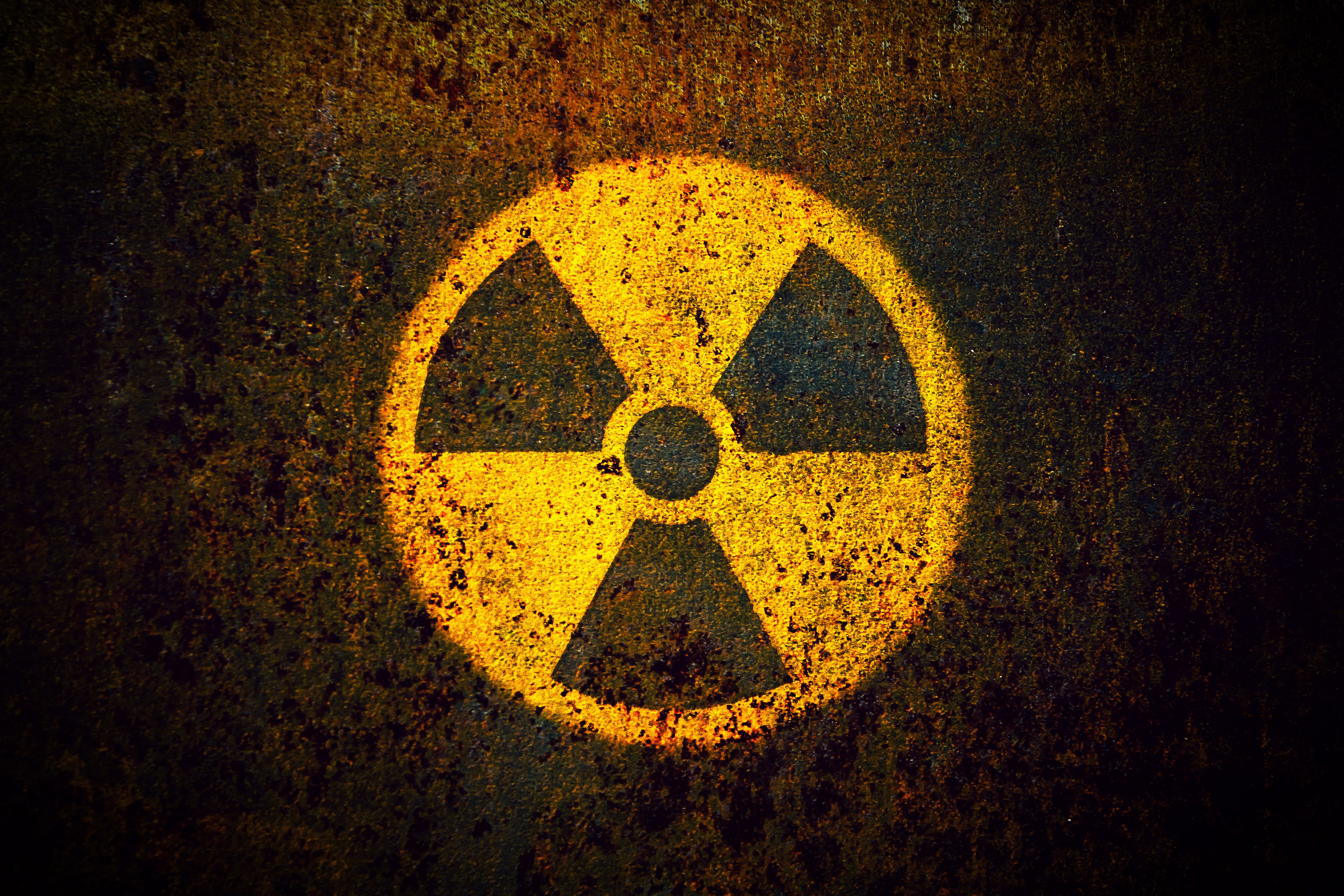New ICP-MS/MS Method Developed to Detect Low Levels of Radioactive Contamination in the Environment
A new ICP-MS/MS method recently developed is an important step in detecting low levels of radioactive contamination in the environment.
A team of researchers in Orsay, France, have developed a new method for detecting low levels of radioactive contamination in the environment (1). The team created a new inductively coupled plasma-tandem mass spectrometry (ICP-MS/MS) method that can measure the 135Cs/137Cs isotopic ratio, which is a powerful tool for tracing the origin of radioactive contamination.
Round yellow radioactive (ionizing radiation) danger symbol painted on a massive rusty metal wall with dark rustic grungy texture background with vignetting. | Image Credit: © fewerton - stock.adobe.com

The 135Cs/137Cs ratio is unique to the source of radiocesium; therefore, it can provide information about contamination origin. For example, the ratio can distinguish between radiocesium released from nuclear power plants and that released from nuclear weapons testing. The 135Cs/137Cs ratio is used to determine the source of radiocesium in the environment. Measuring this ratio is particularly important in the aftermath of nuclear accidents or incidents. Additionally, knowing the 135Cs/137Cs ratio can help researchers better understand the transport and behavior of radiocesium in the environment, which can aid in developing remediation strategies. The accurate measurement of this ratio can also help assess the impact of radioactive contamination on human and environmental health.
The 135Cs/137Cs ratio has previously been measured in highly contaminated environmental matrices, such as those collected near nuclear accident exclusion zones and former nuclear test areas. However, there have been few measurements of the ratio at environmental levels (<1 kBq/kg) because of the challenges associated with measuring such low levels of radiocesium content while dealing with large mass interferences.
To overcome these challenges, the researchers developed a highly selective procedure for Cs extraction/separation combined with the efficient mass spectrometry measurement of ca. 100 g of soil. Their ICP-MS/MS method uses N2O, He, and NH3 in the collision-reaction cell to achieve a powerful suppression of 135Cs and 137Cs interferences. By adjusting the flow rates of these gases, the team achieved a high Cs sensitivity of more than 1.105 cps/(ng/g) and low background levels at m/z 135 and 137 lower than 0.6 cps.
To verify the accuracy of their method, the team analyzed two certified reference materials (IAEA-330 and IAEA-375) commonly used in the literature as validation samples and three sediment samples collected in the Niida River catchment (Japan) impacted by the Fukushima fallout. The results showed that their method was highly accurate and effective in detecting low levels of radioactive contamination in environmental samples.
The development of this new ICP-MS/MS method is an important step in detecting low levels of radioactive contamination in the environment. The ability to accurately measure the 135Cs/137Cs isotopic ratio will help researchers trace the origin of radioactive contamination and better understand its impact on the environment and human health.
Reference
(1) Magre, A.; Boulet, B.; Isnard, H.; Mialle, S.; Evrard, O.; Pourcelot, L.Innovative ICP-MS/MS Method To Determine the 135Cs/137Cs Ratio in Low Activity Environmental Samples. Anal. Chem. 2023, ASAP. DOI: 10.1021/acs.analchem.3c00207
Trending on Spectroscopy: The Top Content of 2024
December 30th 2024In 2024, we launched multiple content series, covered major conferences, presented two awards, and continued our monthly Analytically Speaking episodes. Below, you'll find a selection of the most popular content from Spectroscopy over the past year.
Best of the Week: Hyperspectral Imaging, ICP-MS Analysis of Geological Samples, Product Roundup
October 18th 2024Top articles published this week include an article about hyperspectral imaging in human skin research, a peer-reviewed article about analyzing geological samples using atomic spectroscopy techniques, and an equipment roundup piece about the latest products in the industry.